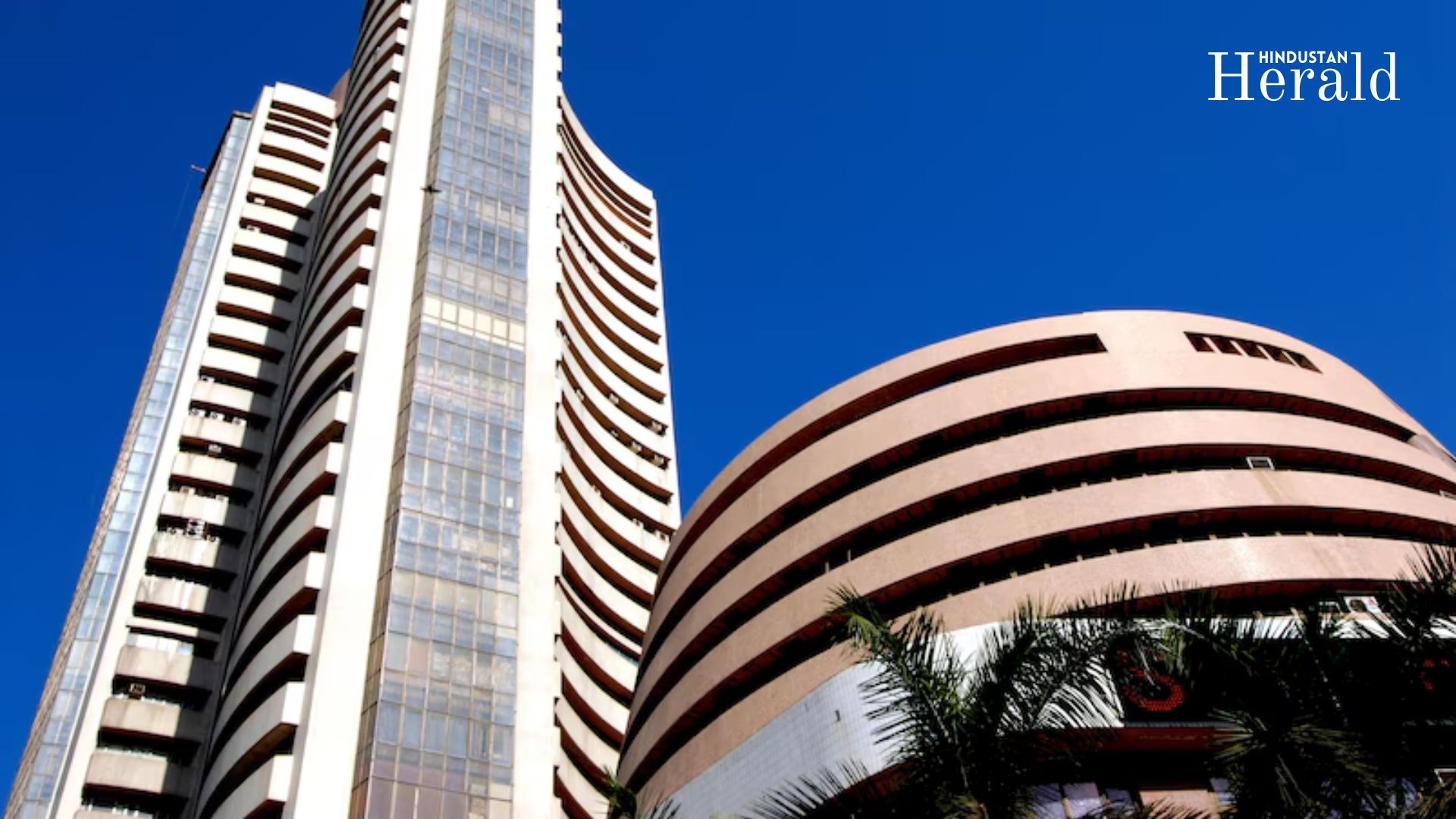Earth’s Atmosphere Faces New Challenges in 2025: Satellite Reentries and Solar Storms
In 2025, Earth's atmosphere is experiencing unprecedented changes due to increased satellite reentries and heightened solar activity, raising concerns among scientists.

Earth Atmosphere Changes 2025: Emerging Threats from Above
In 2025, Earth’s atmosphere is undergoing significant alterations due to human-made and natural phenomena. The convergence of increased satellite reentries and intensified solar activity is prompting scientists to reevaluate atmospheric stability and climate implications.
Satellite Reentries: A Growing Concern for Atmospheric Pollution
The disintegration of decommissioned satellites during atmospheric reentry is releasing substantial amounts of aluminum oxide and other metals into the stratosphere. A recent study published in the Journal of Geophysical Research Atmospheres indicates that the annual release of approximately 10,000 tonnes of aluminum oxide could lead to temperature anomalies of up to 1.5°C in the middle to upper atmosphere, disrupt wind patterns, and delay ozone layer recovery.
The situation is exacerbated by the anticipated reentry of the Soviet-era Kosmos 482 spacecraft, expected between May 8 and May 11, 2025. Due to its robust construction designed for Venus’s harsh conditions, parts of the spacecraft may survive reentry, posing risks upon impact.
Solar Storms: Heightened Activity Threatens Atmospheric Stability
The sun is entering a period of increased activity, with solar storms projected to peak in 2025. These geomagnetic events can ionize Earth’s upper atmosphere, leading to potential disruptions in communication systems, power grids, and satellite operations. The impact of such storms extends to the ionosphere, affecting the atmospheric layers critical for radio signal transmission and satellite navigation.
Rising CO₂ Levels and Their Atmospheric Implications
Data from the Mauna Loa Observatory reports a record increase in atmospheric CO₂ levels, reaching 427 ppm in 2024. This surpasses the pre-industrial levels by over 50% and contributes to global warming and associated climatic changes. Elevated CO₂ concentrations are linked to the cooling of the upper atmosphere, which can alter satellite trajectories and increase the longevity of space debris in orbit.
What Lies Ahead
The interplay between increased satellite reentries, heightened solar activity, and rising greenhouse gas concentrations presents complex challenges for Earth’s atmosphere in 2025. Addressing these issues requires international collaboration on satellite disposal practices, investment in space weather forecasting, and stringent climate change mitigation efforts. Proactive measures are essential to safeguard atmospheric integrity and ensure the resilience of technological systems reliant on stable atmospheric conditions.
Stay updated with the latest from Hindustan Herald — your trusted source for
Politics, Business, Sports, Entertainment, Lifestyle, Breaking News, and More.
📲 Follow us on Facebook, Instagram, Twitter, LinkedIn, and YouTube
🔔 Join our Telegram channel @hindustanherald








